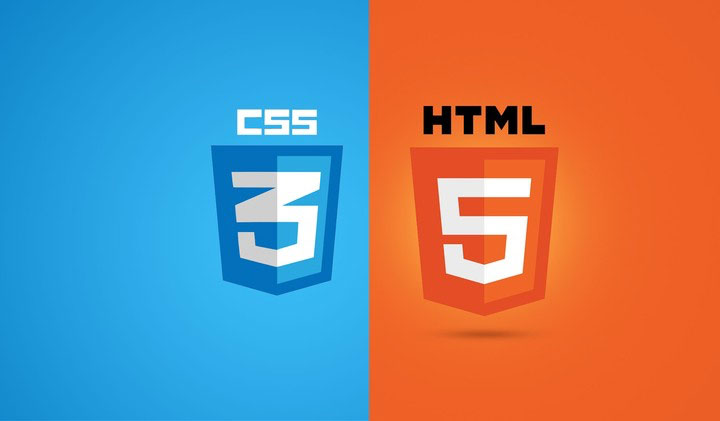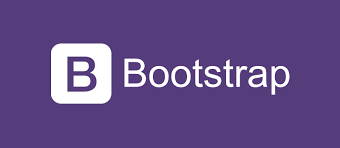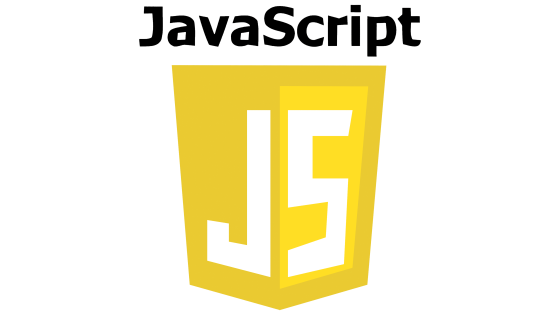Introduction
So, you want to build a website? Awesome! The good news is that you can get started with just two languages: HTML and CSS. Think of HTML as the skeleton of your web page, and CSS as the skin that makes it look nice. Let’s break down these two essential tools and see how you can start creating your own web pages.
What is HTML?
HTML stands for HyperText Markup Language. It’s the backbone of any website, providing structure to your content. Here’s a simple way to think about it: when you visit a web page, HTML is what organizes everything. It tells the browser where the headings, paragraphs, images, and links go.
Example: A Basic HTML Structure
htmlCopy code<!DOCTYPE html>
<html>
<head>
<title>My First Web Page</title>
</head>
<body>
<h1>Welcome to My Website</h1>
<p>This is my first paragraph!</p>
<a href="https://www.example.com">Visit Example</a>
</body>
</html>
In this example, we have a title, a heading, a paragraph, and a link. Simple, right?
What is CSS?
CSS stands for Cascading Style Sheets. While HTML gives your website structure, CSS adds style. It’s what makes your website look good! You can change colors, fonts, layouts, and much more with CSS.
Example: Adding Some Style
cssCopy codebody {
font-family: Arial, sans-serif;
background-color: #f0f0f0;
}
h1 {
color: #333;
}
p {
color: #666;
}
With this CSS, we’re telling the browser to use a clean font, set a light background color, and change the text colors for our heading and paragraph. A little style goes a long way!
Why Learn HTML and CSS?
- Foundational Skills: HTML and CSS are the building blocks of web development. Understanding them will help you learn more advanced languages and frameworks later.
- Creative Freedom: With these languages, you can bring your ideas to life! Whether it’s a personal blog, a portfolio, or a small business site, the possibilities are endless.
- Community and Resources: There are countless tutorials, forums, and communities online. If you ever get stuck, help is just a search away!
Getting Started
- Set Up Your Environment: All you need is a text editor (like VSCode, Sublime Text, or even Notepad) and a web browser (like Chrome or Firefox) to see your work live.
- Practice, Practice, Practice: Start small. Create a simple web page and experiment with different HTML elements and CSS styles. The more you practice, the more confident you’ll become.
- Explore and Learn: Check out resources like freeCodeCamp or W3Schools for interactive lessons and projects.
Conclusion
Learning HTML and CSS is an exciting journey into the world of web development. With just a little effort, you can create beautiful and functional web pages. So why not dive in and start building today? Your future self (and all your potential visitors) will thank you!






Leave a Reply